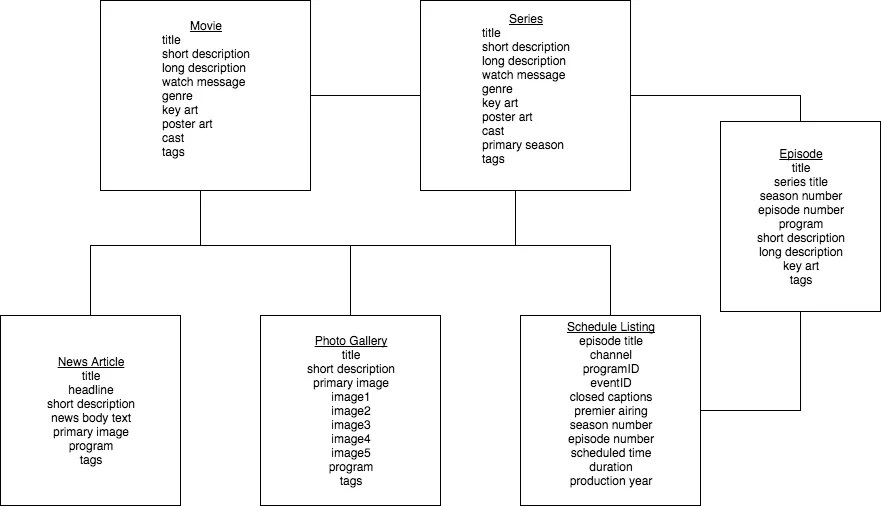In a few short days, a content-first web design project I’ve overseen for months will be completed and I will be a happy man. Not because it was daunting, mind you. It was challenging, yes, but what made it worthwhile was having a great team to lead the design effort and a client who gave me total buy-in to create a web product featuring content that resonates with the brand’s core audience. In a nutshell, the business owner gave me the support to move forward with a process that I felt strongly about [content-first] and that is sure to yield great results.
Sadly, this level of buy-in is far from the norm. While most web design and redesign clients know they need to beef up content during the project, far too many get it wrong from there. Some think content simply means words on a page. Others push back on the content-first web design idea by saying “Can’t we just place text around the onsite graphics after the site is created?” Or my favorite, “Shouldn’t we let design do their work before adding content?”
Design expert Jeffrey Zeldman said it best in in a tweet nearly 15 years ago.
Content precedes design. Design in the absence of content is not design, it's decoration.
— zeldman (@zeldman) May 5, 2008
Having overseen enough web design and redesign projects over the last two decades, I’ve come up with a few suggestions for stakeholders looking to get the most out of the effort.
Open your mind before opening your mouth.
That might sound harsh to many folks, but when seeking input from from writers, designers, and development folks at least give the impression that you value their perspectives. They are there to help you put out the best product, one that ensures everyone walks away satisfied. However, you need to come to the table prepared with good ideas related to the needs of your customers. That’s where you can add the most value; you’re the expert in knowing what your customers desire in the way of products or services.
Involve your customers in the process, early.
I knows some of you have heard that the folks at Apple aren’t big on market research. News flash: Your company doesn’t have a market capitalization of $2.5 Trillion . Therefore, it behooves you to seek out as much advice, input, involvement as possible from your customers. Don’t ask them what they want to see or not see from your brand.
Let’s not forget why people go online in the first place: to find interesting and useful content. They don’t go to a website to admire the visual design or download an app to marvel at the clean UI. — Maya Hampton
Find out which brands are connecting with them on their level, why that is and what about those brand that they find appealing. Then, spend some time looking at the content experience the competing brands are providing. Look for elements you can emulate, then present those elements to the team.

Few things frustrate content and design folks more than having good ideas, acted on those ideas, then having them shot down after they’ve been executed. If there are parts of the design or content plan you don’t like, speak up early in the process, not after the fact. If you present ideas, expect that the team will look to act on them, provided they are sound and hashed out during the discussion phase.
Leave the egos at the door.
I’ve worked with design teams whose members were more temperamental than a black mamba. I’ve worked alongside writers and editors who could kill three hours of meeting time discussing semi-colons. What you want is for everyone to bring their unique set of skills to the table and know that they’ll be heard, respected. When folk feel appreciated and know their ideas want to immediately quashed, they put forth their best effort and provides the brand with the content platform it’s deserving of.
Final thoughts on content-first web design and redesign
In the more than 40 web design and redesign projects I’ve led since the early 2003, I’ve had the greatest success with a content-first process. This helps everyone get on the same page, stay aligned, and keep the goal the goal. I’m convinced you’ll find success using the same strategy.
